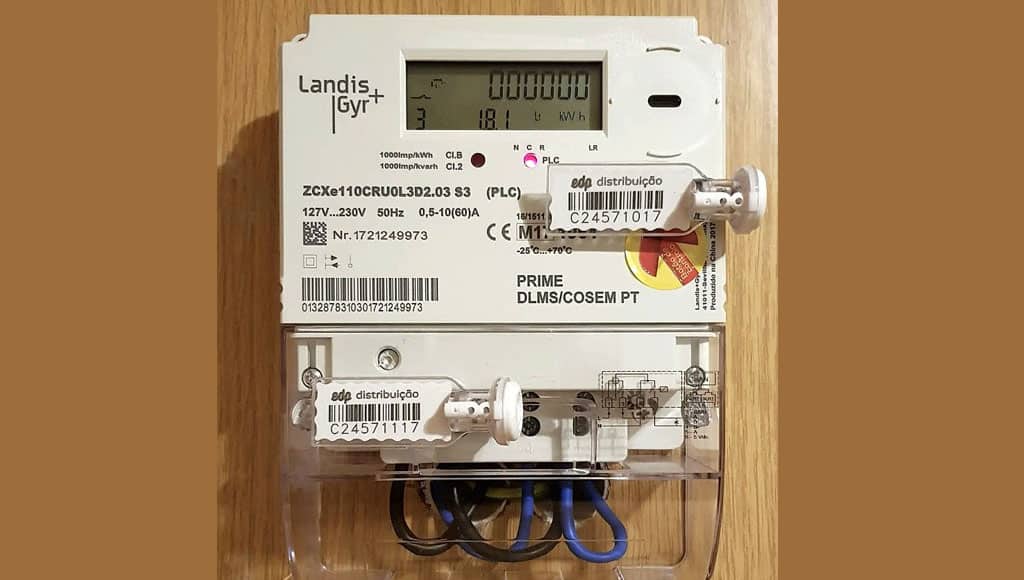Imagine investing in solar panels to generate your own electricity, only to receive a bill for every kilowatt-hour you inject into the grid. Sounds absurd? Unfortunately, this situation happens more often than expected.
As a local solar company, we see this issue regularly. Homeowners are often surprised by unusually high electricity bills, even during months when their house was unoccupied. In many cases, they are unknowingly being charged for the electricity their solar panels produce.
Why does this happen?
When solar panels are first installed, energy bills typically decrease. However, the type of electricity meter installed at a property determines whether self-generated power is correctly accounted for.
Older electricity meters, often located near the front gate or entrance, used a mechanical turning wheel. When solar energy was fed into the grid, these meters would simply spin backward, offsetting consumption.
However, as part of modernization efforts, these old meters are being replaced by digital meters, which can be read remotely by the grid supplier. The problem arises because many new meters do not automatically distinguish between electricity imported from the grid and electricity exported from solar panels. Instead of compensating for the difference, some of these meters simply add both values together, causing homeowners to be charged for the electricity they generate.
How to prevent this issue
To avoid being billed for self-generated electricity, a bi-directional meter is needed. This type of meter correctly registers both imported and exported energy.
Many modern solar installations include this registration, but older systems may not have been registered. If the installation was not officially documented, the new digital meter may incorrectly register solar production as additional consumption.
As part of this transition, if you have an old meter and are installing solar panels, it must first be replaced with a smart meter. However, most homes already have a smart meter installed, so this step is often skipped. After the installation is registered with the DGEG, E-Redes (the electricity distribution network operator) will adjust your meter remotely with the bi-directional function. This adjustment ensures that the meter can properly track both energy consumption and production, so that the energy you produce is accurately accounted for.
It’s important that this process is followed correctly so that E-Redes can update their system and ensure that the billing reflects the energy you actually consume and produce. If this is not something you want to handle on your own, it is crucial to keep this in mind when choosing a solar company for your installation. Make sure the company you select will guide you through this process as part of their service to ensure everything is done correctly and efficiently.
What about selling excess power?
Selling surplus solar power back to the grid is possible, but the compensation offered by electricity providers is often low, and the registration process can involve bureaucratic hurdles. For this reason, many homeowners choose to use as much of their generated power as possible for self-consumption rather than feeding it into the grid.
However, being charged for the electricity you generate should never happen. As a local solar company, we come across this situation often and encourage homeowners to check their meters and ensure their solar panel systems are properly registered to avoid unnecessary charges.
Voltaicos solar installations (voltaicos.pt) | +351 926 250 355 | info@voltaicos.pt
























